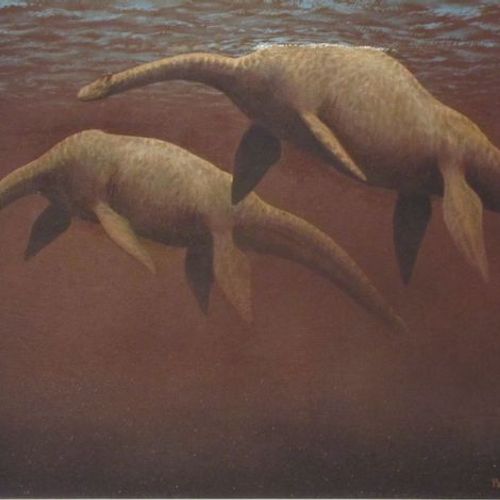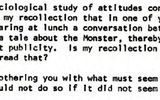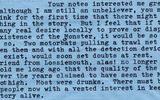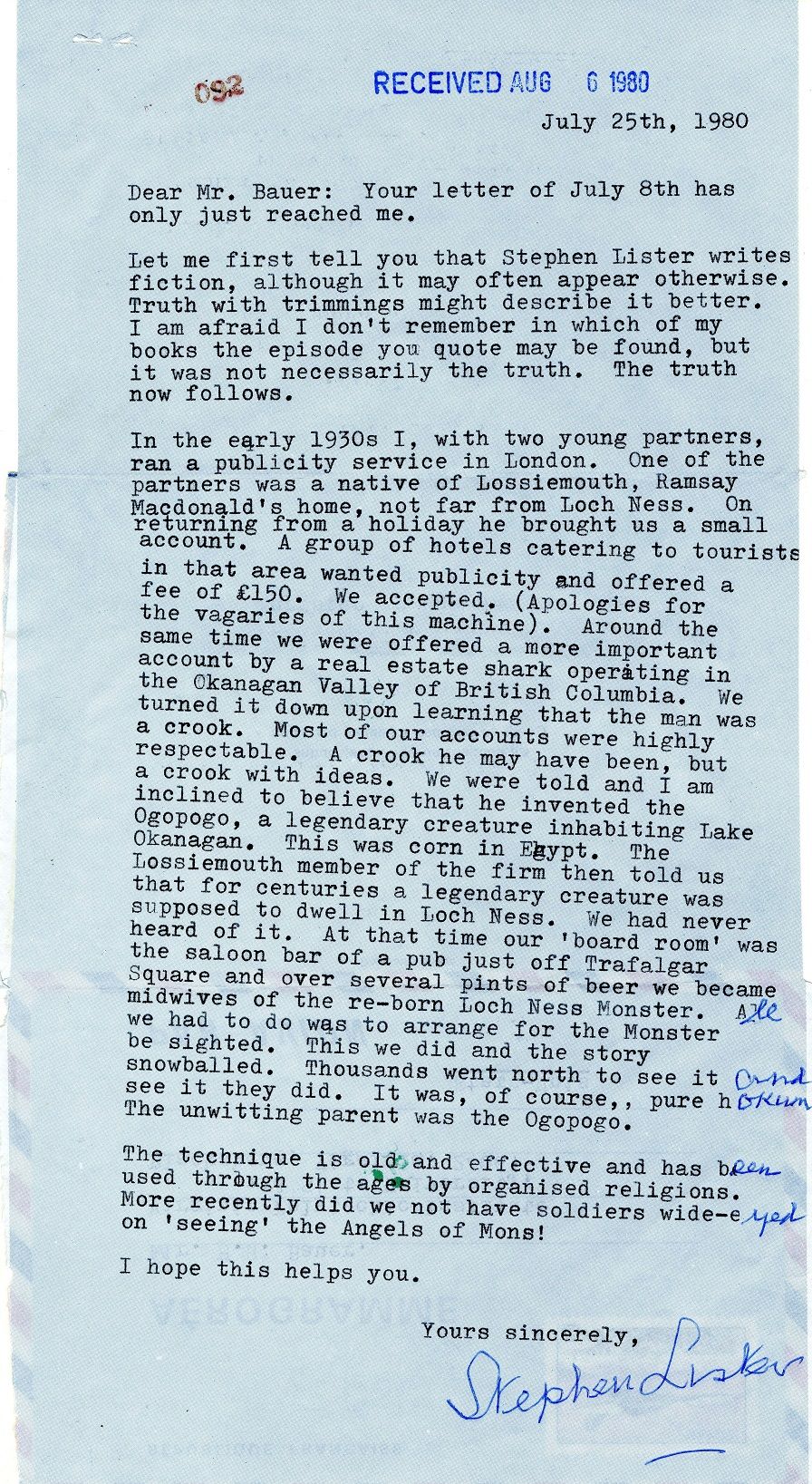
| Added | Tue, 30/11/2021 |
| Источники | Bauer, Henry H. The Enigma of Loch Ness. Champaign, IL: University of Illinois Press, 1984. Pp. 4, 157
|
| Феномены | |
| Версии |
The Loch Ness Monster, or Nessie, is a mythical creature that is said to inhabit the Scottish Loch Ness. It is usually described as a huge lizard with a long neck and one or more humps protruding from the water. The story of this creature began in 1933, when the attention of the whole world was attracted to it.
Gareth Williams, a historian from the University of Bristol, in the book "Monstrous Excitement: the Secrets of Loch Ness" (1986) gives an excerpt from the novel "Marise" (orig. "Marise") Stephen Lister (also known as Digby George Geraty and Robert Standish). In it, the author claims that the story of the lake monster was invented "during a conversation that took place in a London tavern, under the shadow of a monument erected to the great Lord Nelson" for 150 pounds by himself, "an inventive advertising specialist."
In his novel, D. J. Geraty says that he came up with the myth of the Loch Ness monster after he was hired by the owners of local hotels, concerned about declining profits and wanting to revive interest in their services during the economic downturn. He claims that he took as a basis the stories about the Ogopogo lake monster, which, in turn, were invented by a cunning Canadian real estate agent who sought to raise house prices in the Okanagan Valley in British Columbia.
In 1980, Dr. Bauer, who conducted research for the book "The Mystery of Loch Ness: Unraveling the Mystery" (1986), wrote Geraty a letter asking him to clarify his role in the origin of the myth of Nessie. In his reply, Geraty confirmed the story: it was on his order that the first article about the mysterious creature living in the lake appeared in the Courier newspaper. And it was with this little note that Nessie's worldwide fame began.
Interestingly, even after the discovery of the truth about the nature of the "monster", the flow of tourists to Loch Ness does not weaken.
In the novel "Marise" (orig. "Marise") Stephen Lister (also known as Digby George Geraty and Robert Standish) he says that he came up with the myth of the Loch Ness monster after he was hired by the owners of local hotels, concerned about declining profits and wanting to revive interest in their services during the economic downturn. He claims that he took as a basis the stories about the Ogopogo lake monster, which, in turn, were invented by a cunning Canadian real estate agent who sought to raise house prices in the Okanagan Valley in British Columbia. Gareth Williams, a historian from the University of Bristol, also writes about this, referring to information received from Lister, in the book "Monstrous Excitement: the Secrets of Loch Ness" (1986) and Dr. Bauer, in the book "The Mystery of Loch Ness: Unraveling the Mystery" (1986).
Log in or register to post comments








